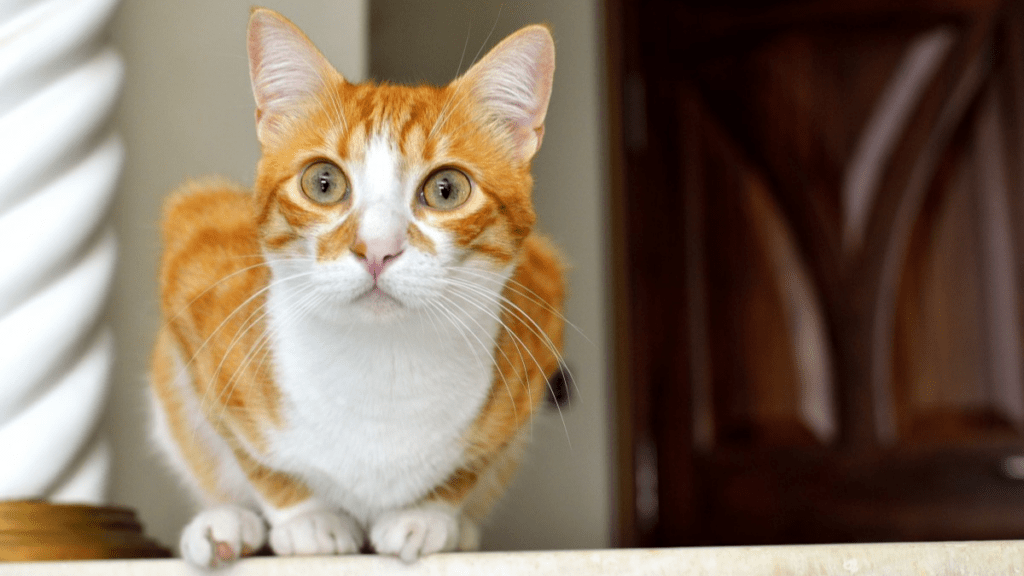Over the past few weeks, we’ve discussed two urinary tract conditions that pets may experience — urinary tract infections (UTIs) and feline idiopathic cystitis. (If you haven’t had time to read about either of these topics, just click the name of the condition and you’ll be directed to that blog post.) Today we’re going to dive into the final — and most concerning — topic of our urinary tract conversation: urinary obstructions. Let’s jump straight to the take-home message: Urinary obstructions are emergencies, and pet-owners should seek immediate veterinary care if they suspect their pet has an obstruction. It is important to recognize that a urinary obstruction is an urgent situation that can lead to death if not resolved. Keep reading to learn how to recognize if your pet has an obstruction and what treatment entails.
Causes of a Urinary Obstruction
To date, we still don’t know exactly why an obstruction forms in the urinary tract, especially a mucus plug. Research has shown that various factors are associated with the development of an obstruction, including stress, poor water intake, diet, and infection.
Identifying an Obstruction
Your veterinarian has experience palpating bladders in cats and dogs alike, but many pet owners find it difficult to confidently locate the bladder. For this reason, it is also important to keep an eye on the litter box to monitor for any decrease in urinary output.
Other symptoms of an obstruction include:
- Straining in the litter box
- Crying, howling, and other forms of distress
- Repeated licking at the urethral area
- Hiding
Assessing the Obstruction
The next step is to address dehydration and toxin accumulation in the body. Urinary toxins can cause nausea, vomiting (leading to dehydration) and loss of appetite. Toxin buildup is what is ultimately responsible for an animal’s death if the obstruction (full or partial) is not addressed.
Treatment
Once the urinary obstruction is resolved and the cat is placed on fluid support, the kidneys do a remarkable job of eliminating toxin buildup and restoring balance to the body. A cat who is in recovery from an obstruction will usually produce high volumes of urine. If the patient doesn’t voluntarily drink enough fluid during this recovery phase, they will become dehydrated; this is why fluid therapy is so important. The catheter is removed after a couple of days, and hospital staff will continue to monitor the cat for obstruction recurrence.
Prevention of Subsequent Obstructions
Canned food is an important dietary factor for cats. The higher moisture content of canned food provides extra hydration and keeps the cat’s urine dilute. This helps to prevent crystal formation.






